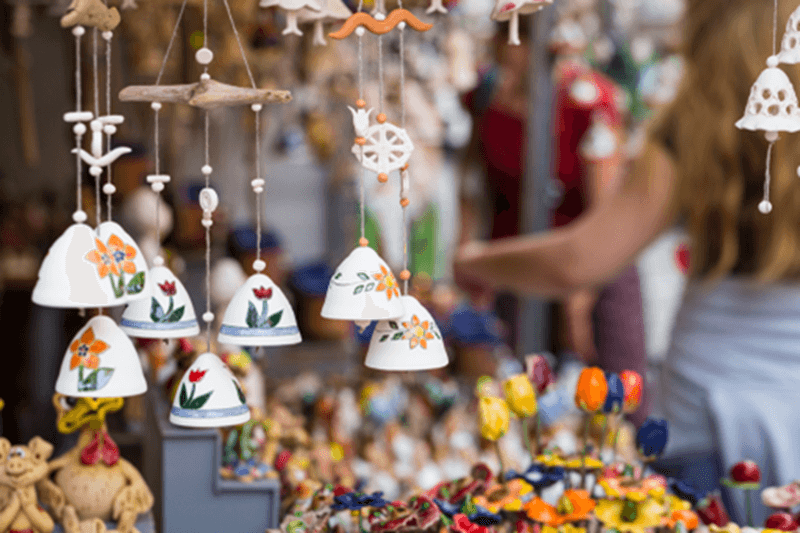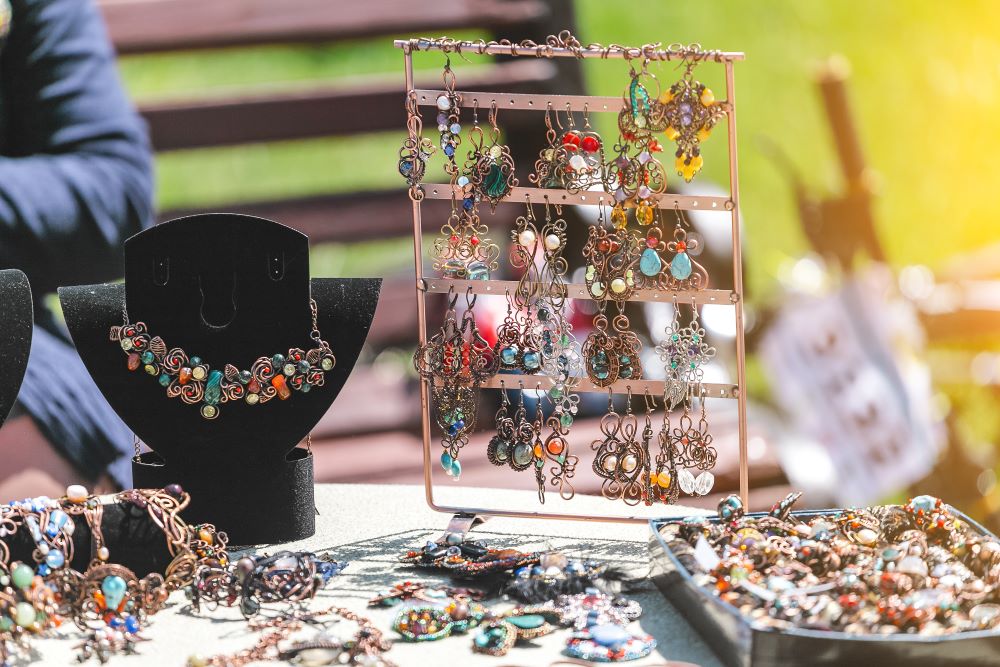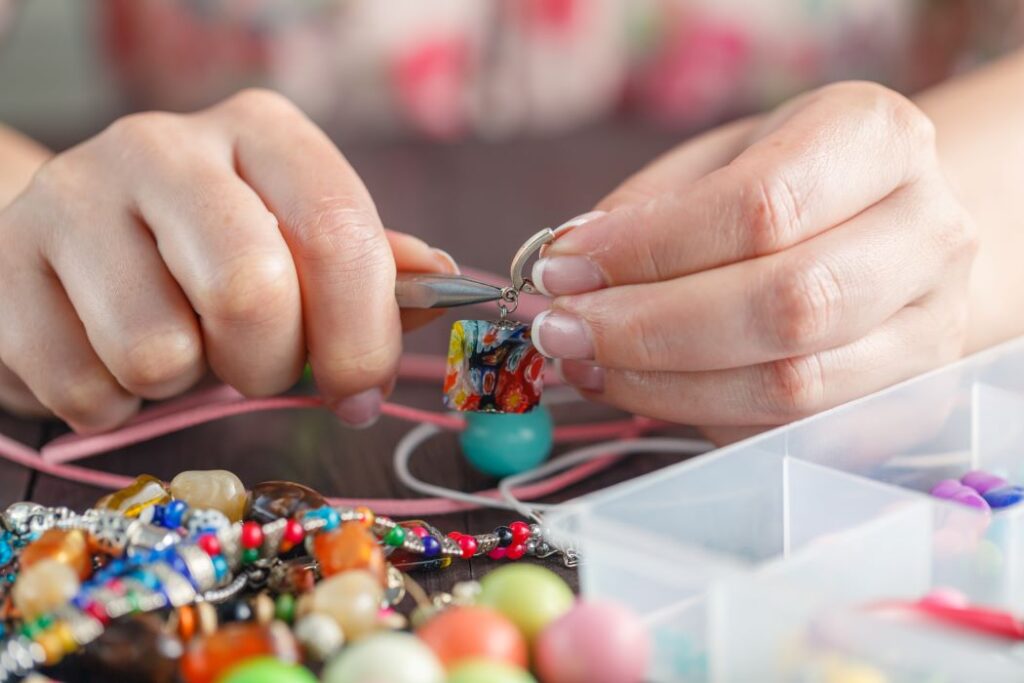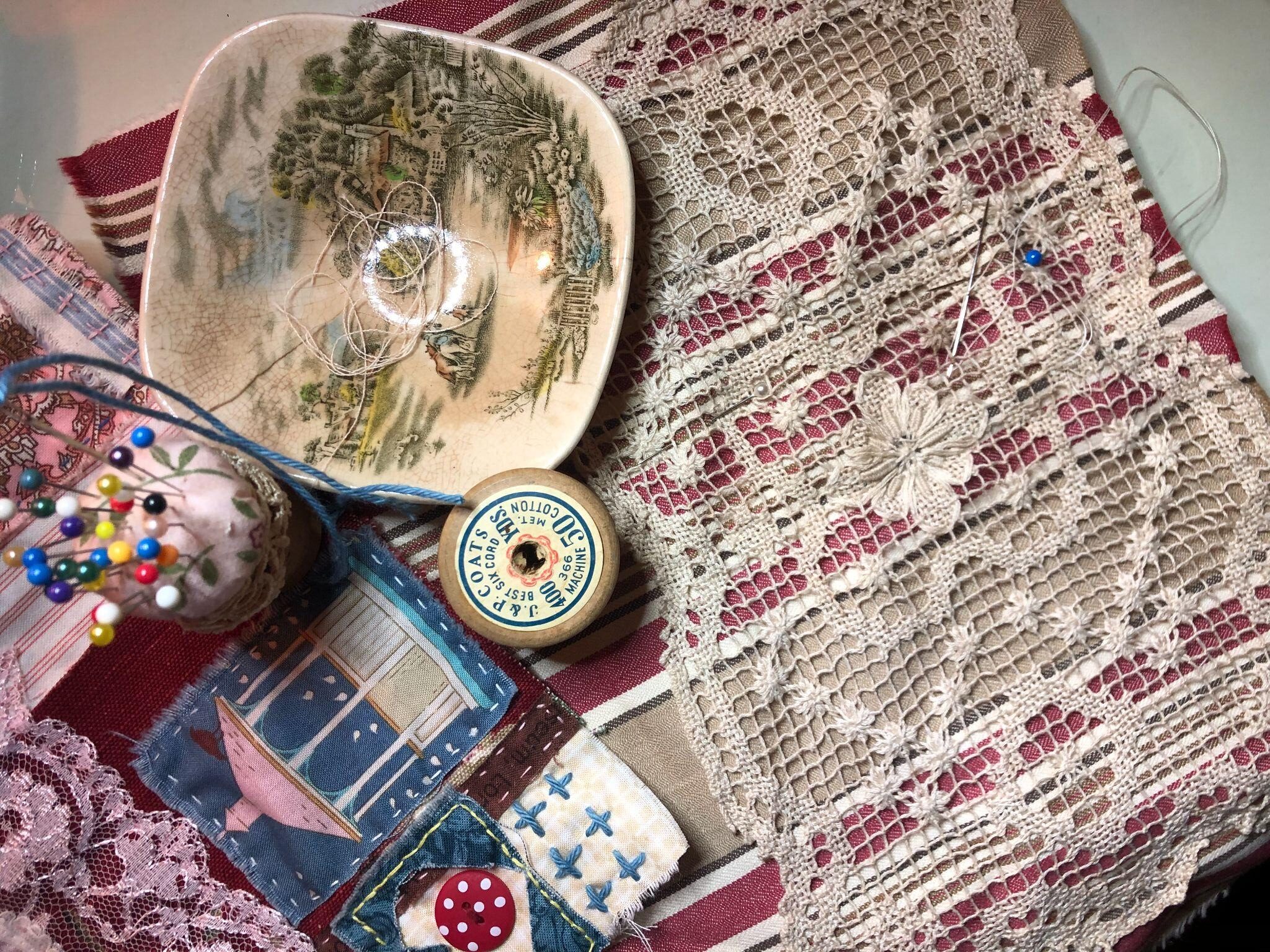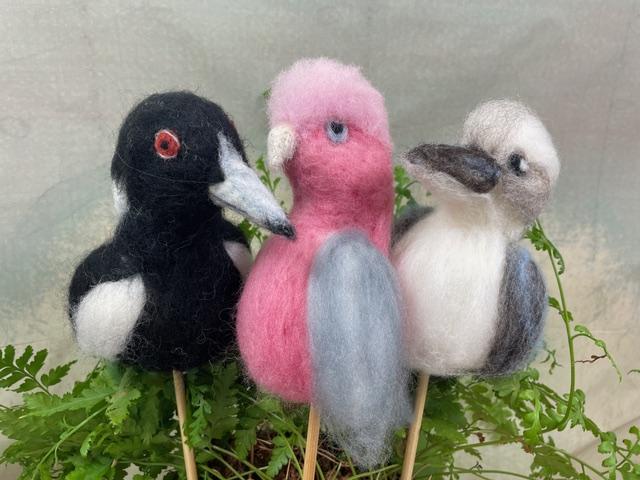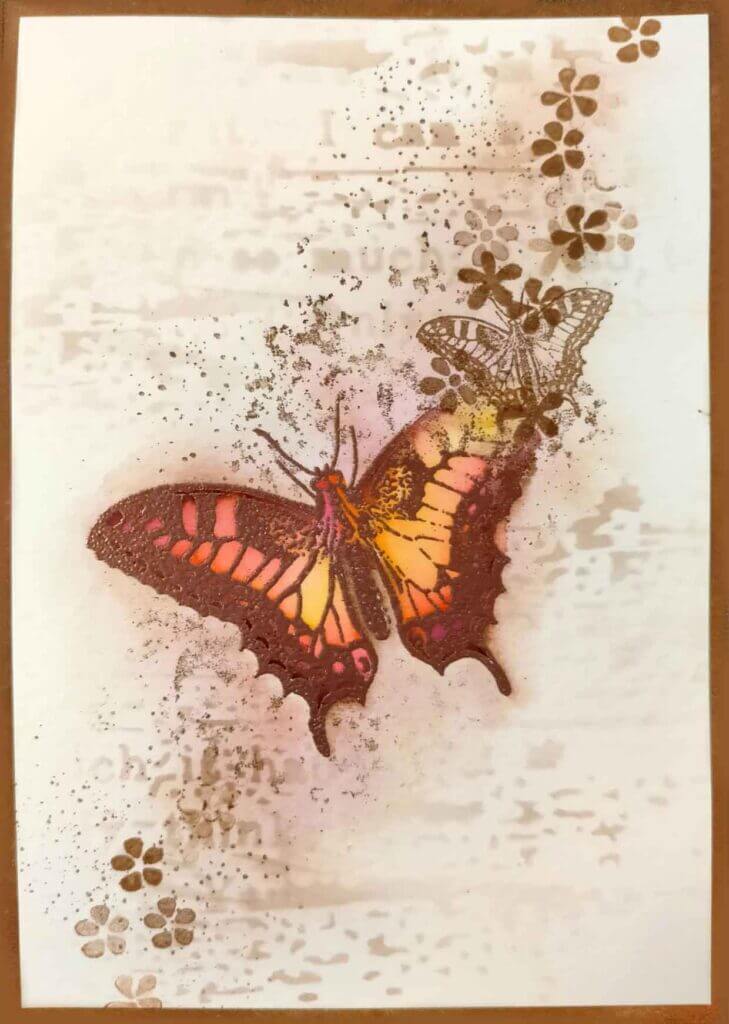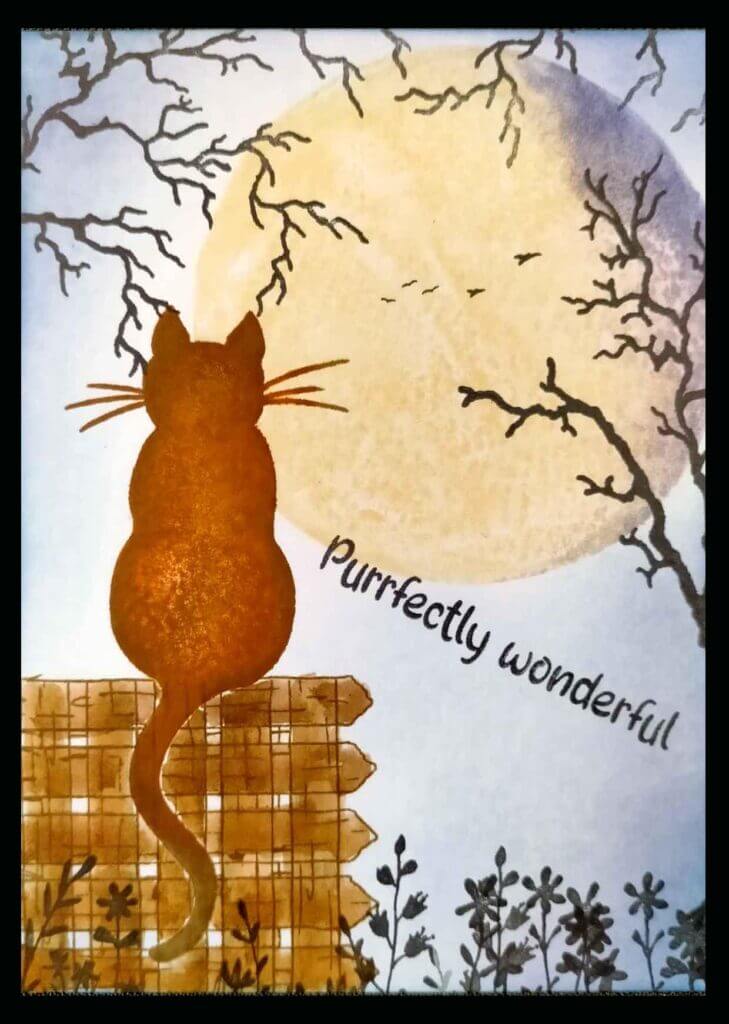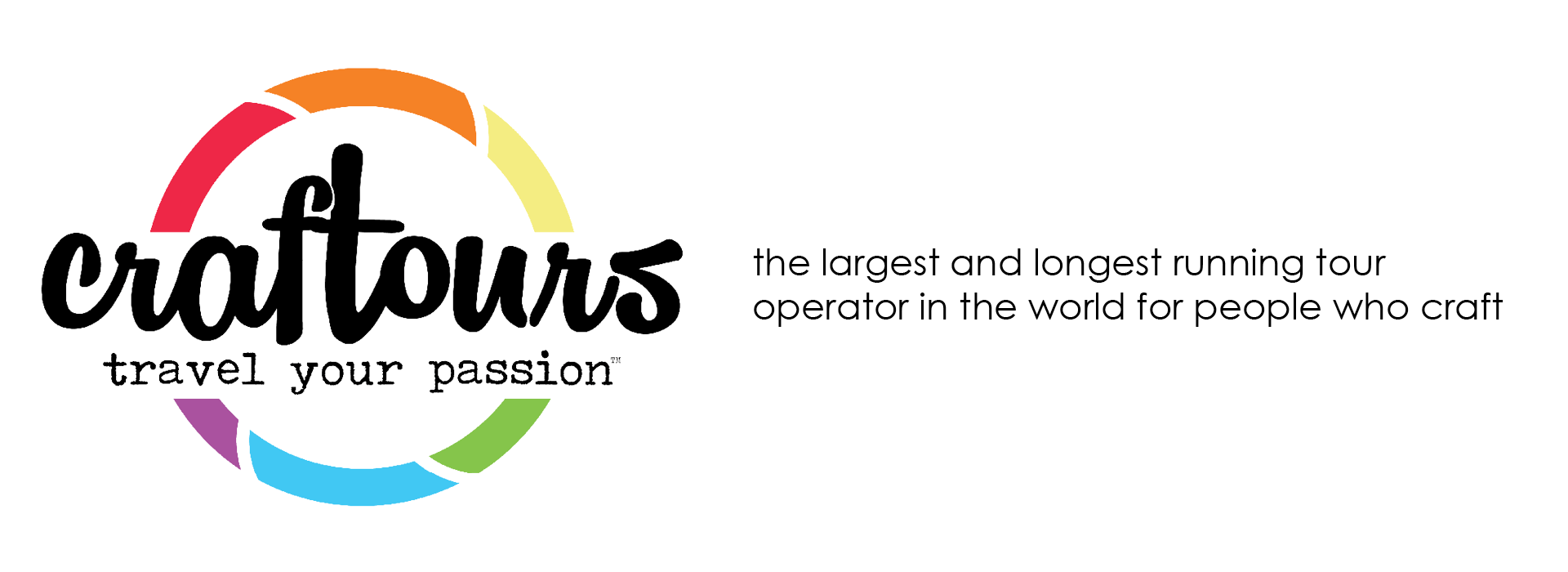Australia is a hub for craft markets and fairs, offering a diverse range of handcrafted goods from local artisans. In fact, as of this post’s publication, there may be hundreds of minor and major craft fairs coming soon to a city or town near you. It goes to show that crafting is a big deal here, a key part of Australia’s rich pre-colonial history.
The handmade design market is a great place to support local artisans and find unique, one-of-a-kind items. However, many of these craft fairs are either held on the same day or week or take place an entire continent apart from each other. Unless someone has perfected cloning technology or knows a secret ninjutsu art, it’s impossible to be at every ongoing craft fair at once.
No need to worry about missing, though; as we said earlier, craft fairs are a dime a dozen. If one fair ends, the next one won’t be far off, giving you just enough time to plan accordingly. To help you with that, here are some of the best craft fairs in Australia that you may want to consider on your craft fair adventure.
CraftAlive
Since its first craft fair over 30 years ago, CraftAlive has grown into the largest craft fair series in Australia. The fair showcases a wide range of craft markets across Australia, featuring local artisans and their handmade creations, as well as some of the most prominent craft teachers and experts at the national level.
Check out the upcoming craft fairs under this series.
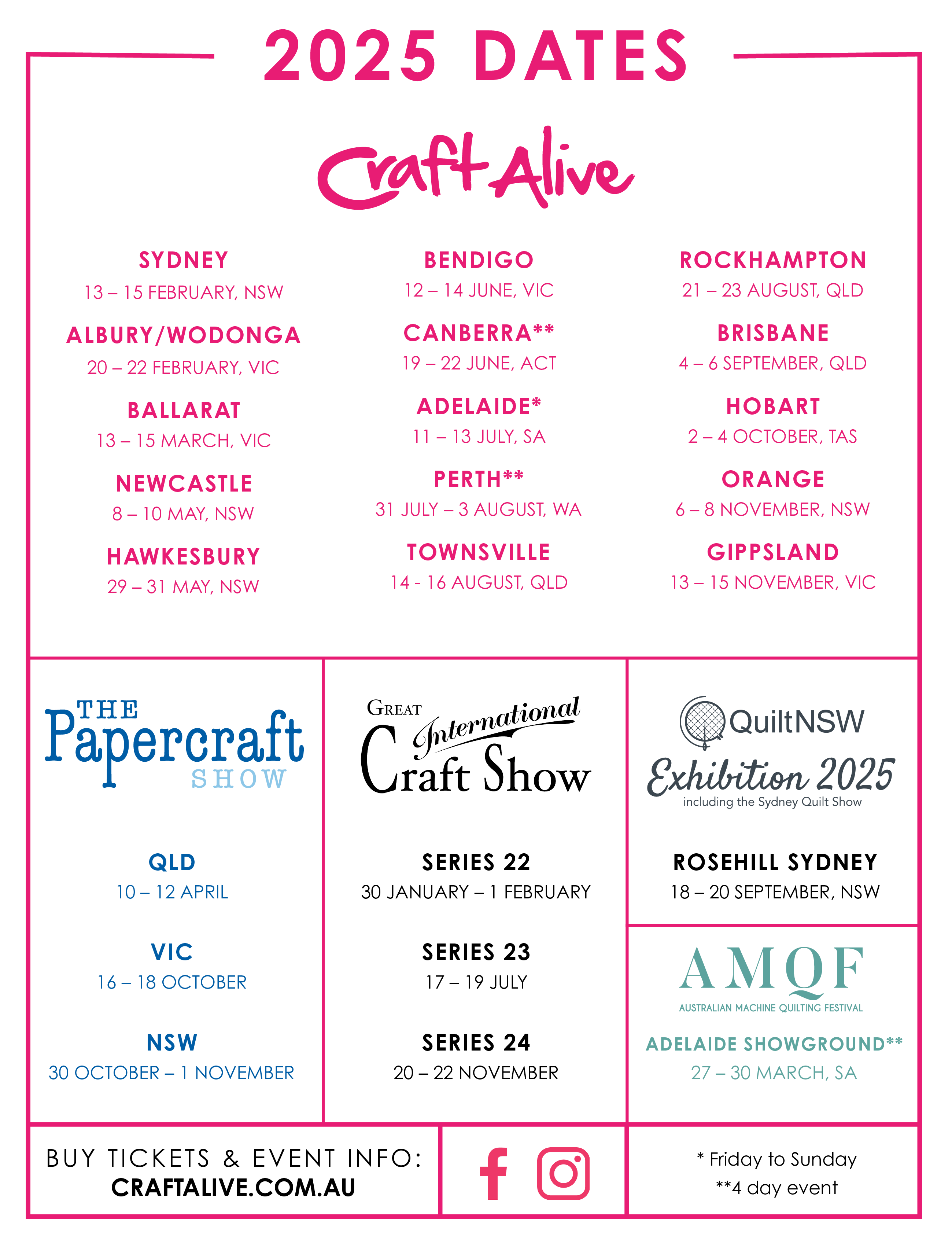
Tickets for these craft events can be bought at their respective event pages. Some of these can provide coach transport from specified pick-up points to the event venue and back for an extra fee.
Craft & Quilt Fair
Promoted as “Australia’s favourite craft event,” the Craft & Quilt Fair is another well-known craft fair primarily held in Brisbane, Melbourne and Sydney. The Craft & Quilt Fair is a must-visit for those interested in quilts and other handmade homewares.
Among its highlight events is the display of finalist entries in the yearly Australasian Quilt Convention (AQC) Challenge, a quilt-making competition that pushes quilt makers’ skills to their limits. The competition involves creating a quilt 90 cm long and wide according to the theme, which changes every year. Cash prizes await the top three quilts.
The craft and quilt fair showcases a stunning array of handmade treasures. But if you aren’t visiting for the AQC Challenge, there are also hundreds of other designs on display at this quilt fair. It attracts prominent quilt makers far and wide, even internationally recognised talents such as Danny Amazonas whose animal-themed quilt last year raised awareness of endangered species.
The dates and venues for the 2025 Craft & Quilt Fair are as follows:
- Sydney – 25-28 June, ICC Sydney at Darling Harbour
- Melbourne – 3-6 September, Melbourne Convention and Exhibition Centre at South Wharf
- Brisbane – 15-18 October, Brisbane Convention and Exhibition Centre at South Bank
Submissions for the 2024 AQC Challenge are closed as of this writing. Tune in for the dates of this year’s challenge.
Tasmanian Craft Fair

If you’re looking for an expansive display of crafts, look no further than the Tasmanian Craft Fair. It prides itself on not only having the largest collection of all types of crafts in Australia on display but also in the entire Southern Hemisphere.
The event was formerly known as the Tasmanian Cottage Industry Exhibition and Craft Fair from its first handmade market event in 1981 to its renaming to the Tasmanian Craft Fair in 1996. Though growing in attendance year after year, this fair is still held in Deloraine, a town of a little over 3,000 people. This is owing to the town’s history of welcoming an influx of craftspeople in the 1970s that helped it grow.
Of the 200-plus exhibitors who attend the Tasmanian Craft Fair, most hail from Tasmania, with the rest handpicked from all over the mainland. Some are craft suppliers, furniture makers, glassblowers and heritage restorers, and the range of exhibitors keeps expanding annually. Part of the proceeds from the Tasmanian Craft Fair go to funding local, national, and international projects. Local crafters gather at the handmade design market to sell their handmade goods to the community.
This year’s Tasmanian Craft Fair will be held in seven venues across Deloraine from 31 October to 2 November. For three days, the town becomes one big exhibit for all sorts of crafts and craft events.
Sydney Craft Week
When three days might not be enough to get your craft-making fix, some craft events can last well over a week. One example is Sydney Craft Week, with this year’s fair running from 10-19 October and being held all across the city.
Sydney Craft Week celebrates the beauty of handmade crafts and features a variety of visual arts. This craft fair is unique in that it only exhibits handcrafted crafts. It believes in the beauty and joy that creating things by hand brings, as well as the sense of togetherness it fosters. Regardless of a person’s interest in craft making, the fair is a great opportunity to explore its wonders through insights from renowned craft artists.
Sydney Craft Week is among the relatively new craft events, having only been held for less than a decade. Last year’s fair coincided with the 60th founding anniversary of the Australian Design Centre, which spearheaded the event.

